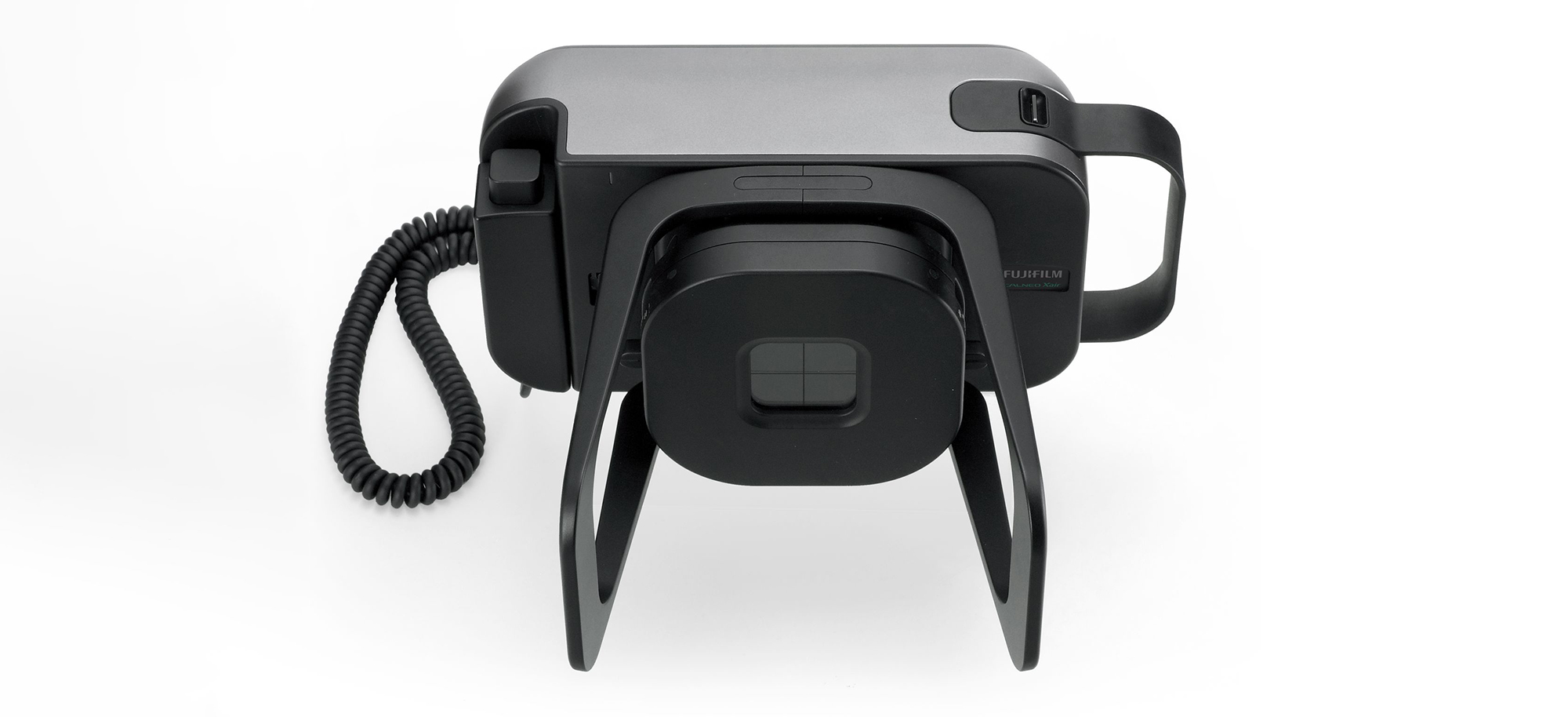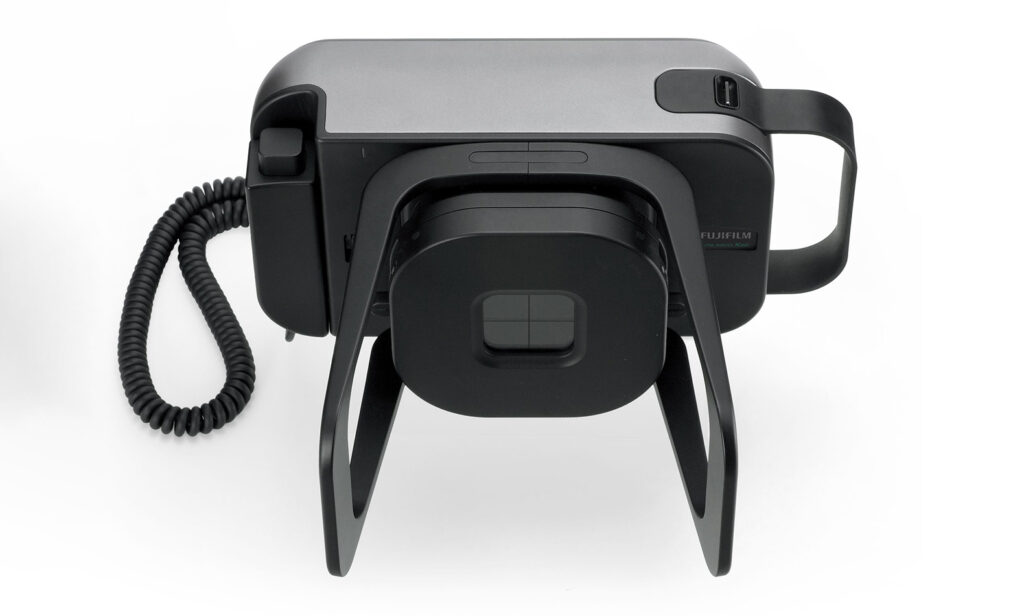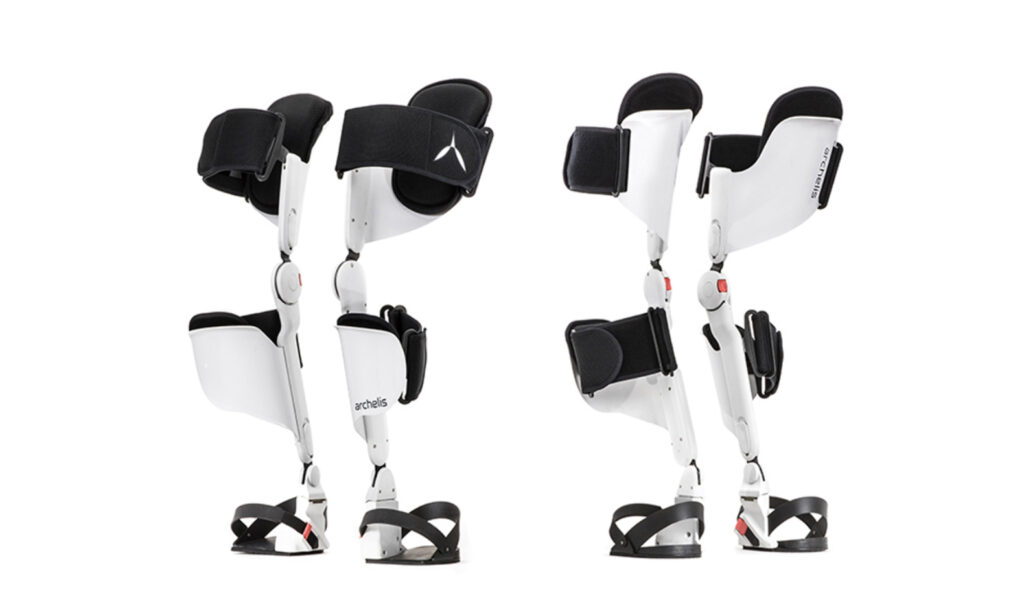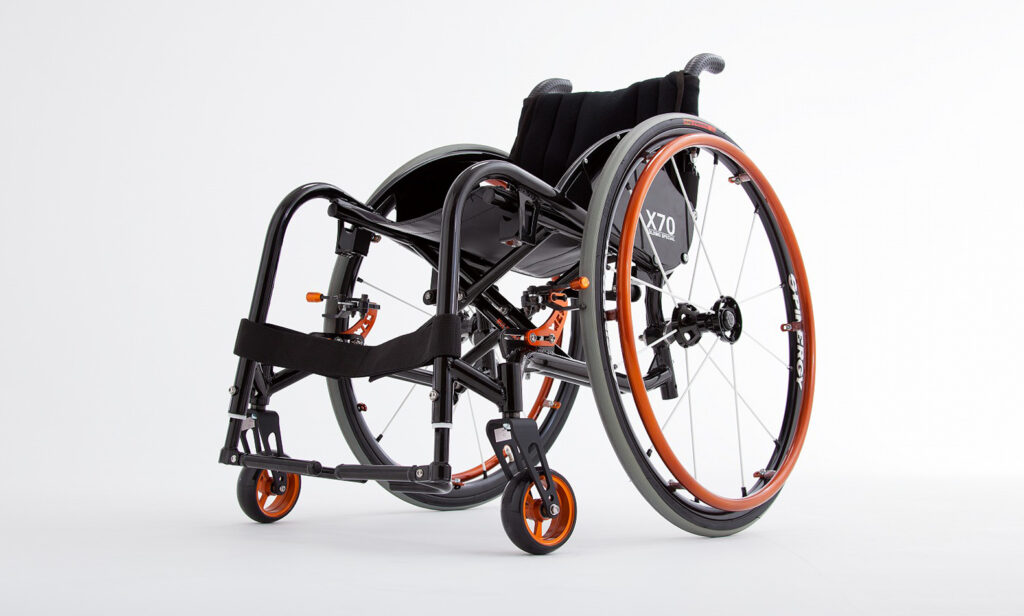Good Design Award given to industrial products with excellent design. In recent years, products and initiatives in the medical field have attracted attention and received numerous awards. The design required for medical devices requires a design concept that takes into consideration both the medical staff on the user side and the patient on the user side. From the Good Design Award 2018, we will introduce some interesting medical devices including this perspective.

The Good Design Award is sponsored by the Design Promotion Association and is presented to a wide range of things such as well-designed products, architecture, software, systems, and services. This is the only comprehensive design evaluation award in Japan. Regardless of whether it has a shape or not, what a person notices in order to achieve some ideal or purpose is regarded as a design, and its quality is evaluated and commended.
Looking at the targets of the 2018 Good Design Award, products in the medical field stand out, with more than 30 awards centered on medical devices. All of the award-winning medical devices have an excellent design and concept. In the medical field, judges from different positions such as curators, designers, and medical specialists evaluate from their respective perspectives. What is required of medical devices is functionality and medical effectiveness, but it is said that their design also has a great role and meaning. Due to the nature of being used for medical practice, medical professionals are absolutely required to have a stable and easy-to-use design. On the other hand, the design required by patients who have illness, injury or illness, and who tend to have anxiety, will be a design that fosters a sense of security. In other words, in the design of medical devices, excellent designs and concepts are important for both medical professionals and patients.
This time, the winner of the gold medal was the portable X-ray imaging device "FUJIFILM CALNEO Xair" developed by FUJIFILM Corporation (Photo 1). It has excellent portability and can easily perform X-ray examinations in the field of home medical care.
By increasing the sensitivity of the image receiving part, high-sensitivity images can be obtained even at low doses, and a lightweight, compact X-ray imaging device with a total weight of 3.5 kg and excellent portability and operability has been realized. It weighs about half the weight of a typical portable device. Simple X-ray examination and image confirmation can be performed in the field of home medical care where space is limited. In addition, by arranging buttons on both sides of the device, it is possible to operate the buttons with one thumb while holding the main body. In addition, it has a built-in lithium polymer battery that is lighter than before, so you can shoot even in an environment without a power source. It seems to be useful even at disaster sites.
For patients, the burden of going to the hospital is reduced, and there is also the advantage of reducing radiation exposure. In addition, when taking a picture of a physically handicapped patient, the image receiving part is inserted into the back in order to take a picture while lying down. The design takes into consideration the pain that occurs at that time.
For doctors and technicians who perform examinations at home, it is useful for transporting equipment and reducing preparation for shooting. The national government plans to make efforts to popularize home medical care so that medical treatment can be provided in the areas where people are accustomed to living as much as possible. In the future, as the number of elderly people receiving home medical care increases, the demand for X-ray photography necessary for diagnosing false pneumonia, intestinal obstruction, and fractures of the lumbar spine and limbs is expected to increase.
Photo 1. Portable X-ray camera "FUJIFILM CALNEO Xair"

The wearable chair "Alcheris" (Photo 2) won the Good Focus Award (technique and traditional design). Developed by Nitto Co., Ltd. and Takuki Nishimura Design Co., Ltd. It takes more than 10 hours for major surgery, and it is said that the burden on the lower limbs is extremely heavy, but Alkeris is to reduce the burden on the waist and legs due to the long standing posture of the operating room surgeon and medical staff. It was developed as a "walking chair". It is intended for surgeons who seek stability of the trunk while repeatedly changing and maintaining posture during surgery, including suturing surgery with a few millimeters of tip using forceps. It enables "walking" and "sitting" without imposing a load on the muscles of the legs, and brings out the high performance of surgery. The chair has a separate structure on the left and right, so you can sit in a free stance according to your posture. The angle of the lower limbs is fixed and the ergonomic design that fits the body supports the weight with the support of a large area of the shin and thigh while distributing the pressure. It is easy to put on and can be used immediately by simply stopping the three-point belt on the legs, shins, and thighs. Since it does not use a power source, it does not interfere with other medical devices. If the surgical performance is not fully exhibited due to the fatigue of the doctor's legs, it is disadvantageous for the patient, and it can be said that the chair developed this time gives the patient a sense of security.
The operating room is designed on the assumption that medical staff will perform the operation while standing. The surgeon may change his standing position during the operation due to excision or anastomosis of the affected area. In addition, it is difficult to secure a space for chairs because the cords of medical equipment are arranged on the floor in multiple layers and multiple staff members perform the work. We overcame these difficult problems through medical-engineering collaboration.
Photo 2. Wearable chair "Alcheris"

The winner of the Good Design Award was the "multi-material ultra-lightweight foldable wheelchair X70" developed by Hashimoto Engineering Co., Ltd. (Photo 3). Using the multi-material manufacturing method, we have realized the world's lightest wheelchair in the 7 kg range, which is lighter than a general wheelchair. The origin of the name of X70 (X Nanamaru) means that it weighs 7 kg. Compared to conventional heavy wheelchairs, it is easier for the elderly, people with disabilities, and caregivers to handle. The design has improved its presence and durability by adopting an extra-thick frame. In addition, the front frame is designed to rise strongly, creating a strong sense of dynamism and giving consideration to safety. The coloring is also sophisticated.
Currently, the weight of a wheelchair made of aluminum frame, which is said to be lightweight, is about 12 kg. The foldable type has more parts than the fixed type and has more connecting parts, so it is necessary to give strength to each part and the weight becomes heavier. For this reason, elderly people and people with disabilities have difficulty in handling.
Therefore, the company pursues multi-materials that reduce the weight of the entire vehicle body by combining lightweight materials in the right place. The lightest magnesium alloy is used as a practical metal, and while ensuring rigidity, the weight is reduced by thinning parts and members. Magnesium has been considered an ideal material, but it is difficult to process and has been shunned, but the welding technology cultivated by the company has overcome the difficulty. The weight reduction makes it much easier to load and unload wheelchairs, which contributes to reducing the burden on caregivers as well as those who use wheelchairs.
Photo 3. "Multi-material ultra-lightweight foldable wheelchair X70"
